The 6 Best Ways to Soothe Sore Muscles After Working Out
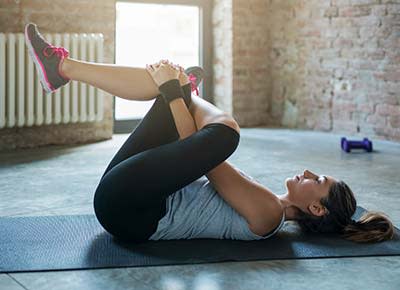
You worked up a serious sweat in spin class yesterday and now you’re feeling the burn. Ouch. You can thank delayed onset muscle soreness (DOMS) for the reason why even walking up the stairs feels like pure agony. And while some DOMS is inevitable (after drastically increasing the intensity of your workout or hitting the gym hard after a long rest period, for example), there are ways to relieve the symptoms. Here, six ways to ease the pain and speed up your recovery.
RELATED: 6 THINGS YOUR FITNESS INSTRUCTOR WANTS YOU TO STOP DOING

Eat and Drink Properly
Look, we’ve all gone to a Sunday morning boot-camp class and then rewarded ourselves by ordering pancakes, eggs and two mimosas at brunch. But if you want to help your body recover faster, personal trainer Lisa Reed recommends refueling soon after working out with a small amount of carbohydrates and protein. Here are six of the best foods and drinks to have after working out.
(Psst: What you eat before exercising matters, too. To ensure your body performs at its best, here are six snacks that the pros recommend fueling up on about an hour before your sweat sesh.)
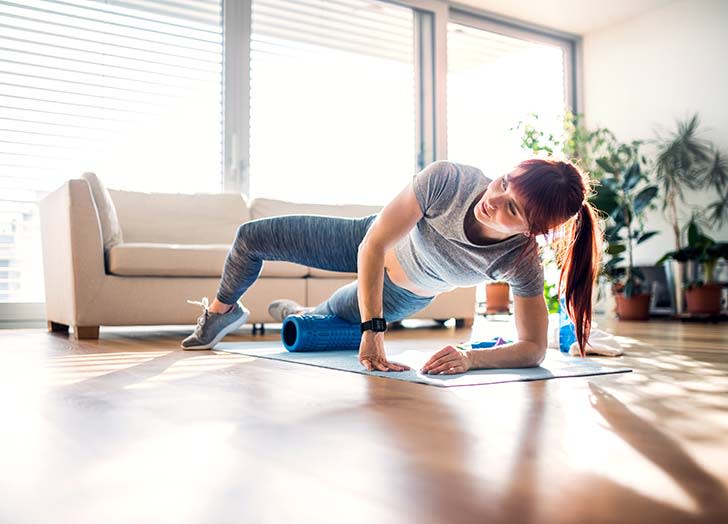
Try Foam Rolling
You don’t need to be an elite athlete to take advantage of foam rolling—in fact, all you need is $15 and a little know-how. By applying pressure on sore spots, foam rolling helps release tension and tightness in muscles after they’ve been overworked. Here’s how to use a foam roller for the best (read: most pain-relieving) results.
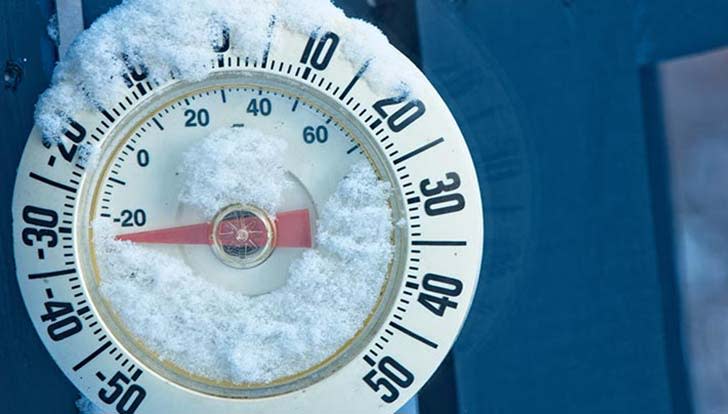
Stay Cool
Warning: This one’s not for the faint of heart. Whole body cryotherapy (WBC) is the cold treatment celebrities love (Jennifer Aniston, Daniel Craig and Jessica Alba, to name a few). With temperatures as low as -270 degrees Fahrenheit, proponents say that stepping into the chilly walk-in chamber for a few minutes will speed up recovery, reduce inflammation and boost circulation. But research on WBC is mixed. While one small German study found that athletes recovered faster (and performed better) with the cold treatment, a review of four previous studies concluded that there wasn’t enough evidence to support using WBC for muscle soreness. The choice is yours. (Not interested in paying someone to feel the chill? You can get similar effects by stepping into an ice bath—here’s what one editor thought when she tried it.)
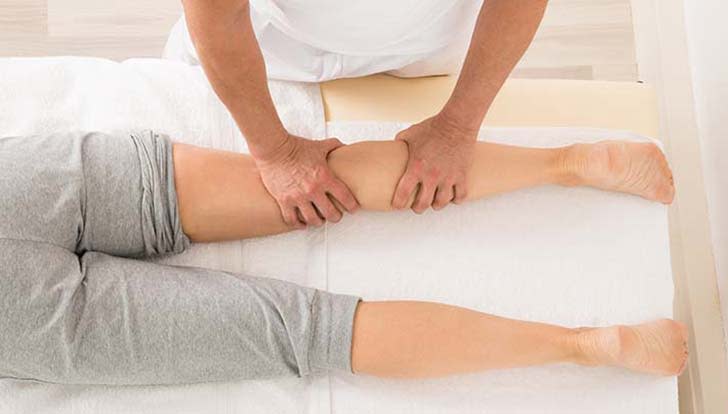
Get a Rubdown
To tackle exercise-related aches and pains, opt for a sports massage that’s specifically designed for active individuals. (Just keep in mind that it might not feel quite as relaxing as a luxury spa rubdown, since sports massages are more targeted.)
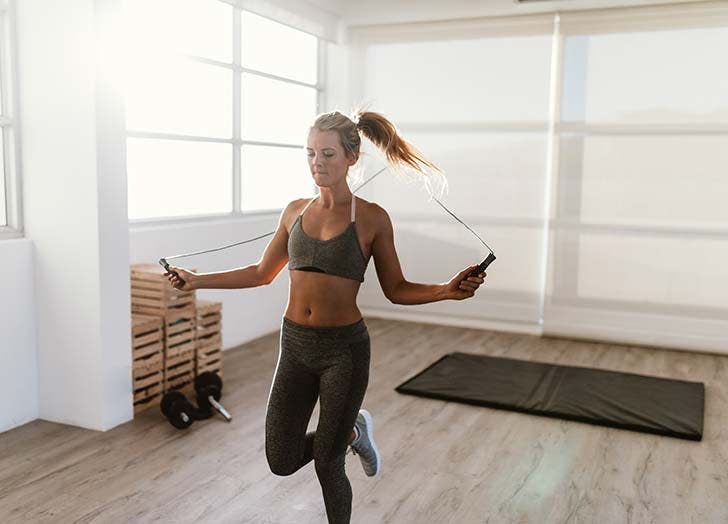
Work Out Smart
If all you’re doing after a killer sweat sesh is hitting the showers and congratulating yourself on a job well done, then you’re not making the most out of your workout—and inviting those next-day aches. From not sleeping to bad stretching, here are the seven biggest post-workout mistakes to avoid, according to the experts.

SKIP THE OVER-THE-COUNTER MEDICATION
When you’re dealing with post-workout pain, it’s tempting to reach for the ibuprofen to relieve the soreness. And while over-the-counter NSAIDS (nonsteroidal anti-inflammatory drugs like aspirin and ibuprofen) can ease aches, research has shown that it could interfere with any muscle gain that would have come from that workout. (Here’s everything you need to know about OTC meds and post-workout muscle pain.)
RELATED: THE BEST WORKOUT FOR YOUR PERSONALITY TYPE

